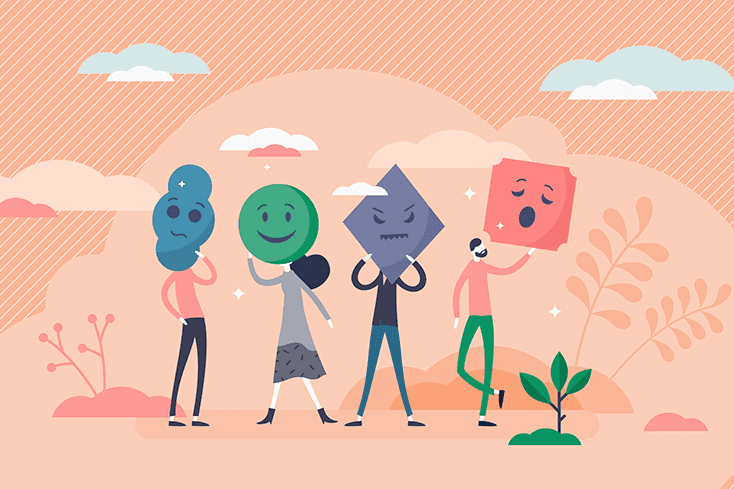
Over the 18 years I have studied emotions, I have learned things that felt so universally important for health and well-being that I was shocked they weren’t taught earlier in life. I learned trigonometry in high school, which I’ve barely used, but I never learned critical information about emotions (which clearly affect my daily life).
Perhaps the most important thing to know about emotions is that “emotions just are.” They can't necessarily be stopped or prevented. And there is a reason we can’t prevent core emotions from happening — emotions evolved to help us survive.
The good news is that we absolutely have control over how we respond to our emotions, and we can do so in helpful ways that build and strengthen our mental and emotional health.
How Core Emotions Work
The core emotions we all experience include anger, sadness, fear, disgust, joy, excitement and sexual excitement. We often think of emotions as residing in our heads. While emotions are triggered in the brain’s limbic system, core emotions’ purpose is to activate the body. This happens via the Vagus nerve, which connects the brain to the body.
Each core emotion contains a specific program for action that causes certain sensations and impulses (again, hard-wired for survival). For example, fear makes the body want to run. Anger makes the body want to fight.
These impulses, especially when we aren't aware or in control of them, can drive unwanted behaviors, like yelling at a loved one for mistakenly hurting our feelings. Whether we are consciously aware of emotional impulses or not, they always exert a force for action. For example, when we are insulted, we may feel the impulse to cut-off the person who angered us, even if we are not aware that we are experiencing the core emotions of anger and sadness.
The ability to sense core emotions in the body has important ramifications for health, symptom relief, healing and transformation. And this is something we can learn with effort and practice.
The Impact of Inhibitory Emotions
Inhibitory emotions — like anxiety, guilt and shame — are another category of emotions that bury, squash and block core emotions. Inhibitory emotions suppress core emotions to keep us connected to others. For example, we will learn to push down our sadness or fear if we feel we will be judged for expressing those emotions. As a result, we might feel only anxiety without knowing we are experiencing other core emotions.
One of the most useful things about the Change Triangle, the tool I teach to the public and use to build and maintain my own mental health, is that it prompts us to use anxiety as a signal — not as a diagnosis. Anxiety is a signal that core emotions lie beneath, waiting to be named, honored and validated.
Many of us learned (unconsciously) to use guilt and shame to bury anger. As a result, we are no longer even aware that we are angry. We just end up feeling depressed from the emotions that have been turned inward. The emotional energy trapped in the body shuts us down. There are many costs from being cut-off from our core emotions: greater anxiety, depression and loneliness; low self-confidence and difficulty communicating our wants and needs; as well as physical symptoms including muscular tension, bowel problems, headaches and more.
Understanding Our Response to Emotions
Many people judge and blame others for “being emotional.” This happens for several reasons, first and foremost, because we don’t understand emotions and why we have them. And because anxiety and emotions are “contagious,” being with others who are experiencing core emotions may increase our own stress and discomfort. As a result, people sometimes react harshly. But with tools and understanding, we can respond in ways that help.
We can better understand the “contagion of emotions” by knowing that over 70% of emotional communication is non-verbal. We are wired to deeply react to each other's tones of voice, body postures and facial expressions. For example, no matter what words my mother says, if she looks angry, and has a harsh or judgmental tone of voice, I will have an emotional reaction.
Because we live in a society that doesn’t teach us healthy ways to validate and honor emotions, we default to pushing them away when they arise. We use defenses to avoid emotions, and those defenses are meant to protect us from emotional discomfort.
Defenses are brilliant adaptations designed to help us survive painful experiences. It doesn’t help to think of them as bad. Rather it is important to understand that habitually using defenses costs us our vitality and authenticity. It’s in our benefit to use defenses sparingly. For example, I may push down my sadness or anger at work so I don’t cry or yell at my boss. But later, I should make time to tend to my sadness and anger, so I don’t bury these emotions in my body.
The Benefits of Fully Understanding Emotions
Processing core emotions instead of burying them or blocking them with defenses and inhibitory emotions is important because the energy that core emotions creates needs releasing — not to stay stuck in our body. Ideally, we spend our emotional energy on engagement with the outside world, like meaningful work, activities and connection with other people, not on maintaining defenses that hold our emotions down.
By learning about emotions and building a relationship with our own, we start a healing process. For example, noticing emotions connects the brain, mind and body, which leads to greater calm, confidence, mental flexibility and better health.
Ultimately, knowledge dispels many of the dangerous myths we learn, like “emotions are weak,” and we should be able to “just get over it.” Teaching people they are weak for their emotions, or that it’s possible to exert “mind over matter” to stop emotions, has grave consequences for our mental health.
It’s not our fault that we don’t always understand emotions — how would we if no one has taught us? But it is within our control to learn all we can for healing and prevention of symptoms like anxiety and depression. Healing the mind is possible under the right conditions and that can start with understanding our emotions.
Hilary Jacobs Hendel is author of the international award-winning book, “It’s Not Always Depression: Working the Change Triangle to Listen to the Body, Discover Core Emotions, and Connect to Your Authentic Self” (Random House). She received her B.A. in biochemistry from Wesleyan University and an MSW from Fordham University. She is a certified psychoanalyst and AEDP psychotherapist and supervisor. She has published articles in The New York Times, Time, NBC Think, FOX News and Oprah, and her blog is read worldwide. You can find free resources on emotions and the Change Triangle tool for emotional health at hilaryjacobshendel.com and follow her work on Facebook, Twitter, Instagram and YouTube.

